
Arguably the greatest mineral-collecting field trip of all time took place in July 1969, when two rockhounds gathered 48 pounds of specimens at a never-before-collected locality. Although admittedly short on aesthetic appeal, these specimens were a scientific bonanza and the most valuable mineral specimens ever collected.
The collectors were National Aeronautics and Space Administration (NASA) astronauts Neil Armstrong and Edwin E. “Buzz” Aldrin, Jr., the first humans to set foot on the Moon. The field trip was NASA’s Apollo 11 mission, and the locality was the Moon’s Sea of Tranquility. By 1972 when the Apollo program ended, 12 astronauts had walked on the Moon and collected 842 pounds of “moon rocks.” The significance of these celebrated rocks and what became of them during the half-century that followed is a fascinating tale of high security, meticulous accounting, worldwide distribution, unprecedented scientific study, and even a bit of fraud and greed.
Before Apollo, our geological and mineralogical knowledge of the Moon had amounted to educated guesswork based largely on the study of lunar meteorites. But lunar meteorites, pieces of the Moon’s surface that had been dislodged by meteoritic impacts and wound up on Earth, are rare. And their scientific value was limited because of unknown lunar geographic origin, alteration incurred in the heat of atmospheric entry, and long-term exposure to the Earth’s atmosphere.
EARLY THEORIES OF ORIGINS
Esta historia es de la edición January 2020 de Rock&Gem Magazine.
Comience su prueba gratuita de Magzter GOLD de 7 días para acceder a miles de historias premium seleccionadas y a más de 9,000 revistas y periódicos.
Ya eres suscriptor ? Conectar
Esta historia es de la edición January 2020 de Rock&Gem Magazine.
Comience su prueba gratuita de Magzter GOLD de 7 días para acceder a miles de historias premium seleccionadas y a más de 9,000 revistas y periódicos.
Ya eres suscriptor? Conectar
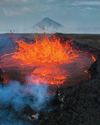
THE BRIGHT SIDE OF VOLCANIC ROCK
As a mineral resource, volcanic rock is decidedly short on glamour.
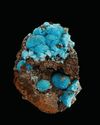
The Other Copper Minerals
12 Lesser-known Collectible Species

MINERAL COLLECTING -AND ROCK & GEM
Evolving Together FOR 54 YEARS
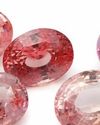
Gemstone Trends
A Look Back at 2024 & What to Expect in 2025
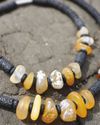
How to Make a GEM BEAD NECKLACE
No Lapidary Experience Needed!
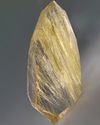
Framing Nature's Art
Faceting Rutilated Quartz for Beginners
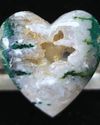
BEDAZZLED BLUE SEAM AGATE
More than several centuries ago, mining was the profession most often seen as befitting of men.
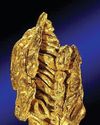
ROCK & GEM FIELD GUIDE:
Spinel is a captivating gemstone with a rich history of being mistaken for gems like ruby and sapphire.
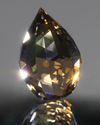
SNAKE SCALE DROP 1.5:1
This Faceting Focus is revisiting the briolette gemstone design because of its popularity with independent and hobby gemstone faceters.
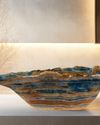
STONE CHIC
How Earth-Inspired Decor Brings Comfort to our Home